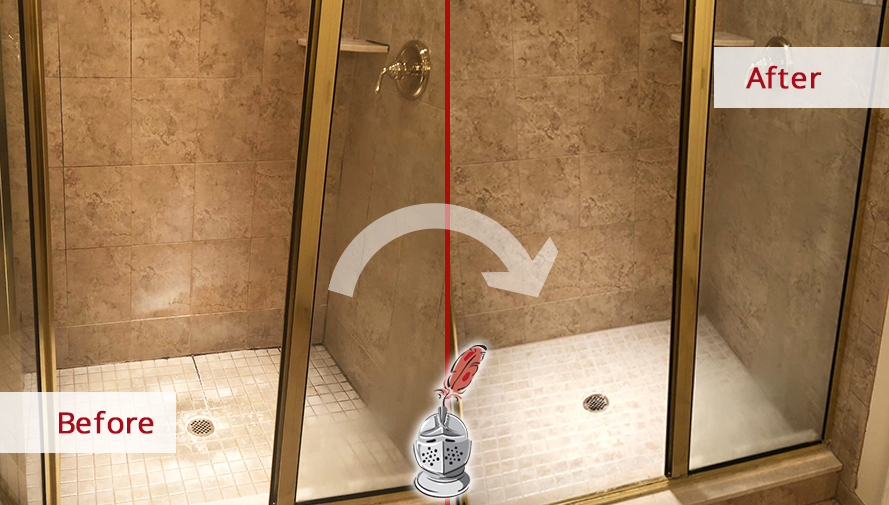Just how do you actually feel about Common Causes of Water Damage in a Bathroom?

The restroom is exceptionally susceptible for damp buildup and prospective water damages as a result of the frequent use of water in it. This write-up supplies simple assessment strategies to help discovering water damages hazards.
The frequent use of water in the restroom makes it very prone for wet accumulation and potential water damages. By evaluating it consistently, you can reduce water associated problems.
The adhering to collection of examinations is easy to carry out as well as must be done as soon as in every 3 months in order to keep your bathroom in good shape as well as to avoid prospective water damages triggered by the bath tub, the shower, pipeline joints and also plumbing, sinks, closets, and also the commode
Do not forget executing these inspections and be comprehensive while performing them. Bear in mind that these easy evaluations can save you a lot of cash by giving very early indicators for water damages
Sinks as well as Cabinets
Sinks as well as cupboards are subjected to wetness as well as moisture day-to-day as well as are commonly neglected. Check consistently under the sink and on the counter top over it. Repair any drip in the trap as it may suggest drainpipe problems. Look around the sink, slow-moving draining pipelines may show an obstructed drain. Change sink seals if they are fractured or loosened.
Tub and Shower
The shower and also bath tub need special attention and also upkeep. Inspect the ceramic tiles and replace if fractured. See to it that there is no missing out on grout between the tiles. Evaluate as well as replace cracked caulking at joints where the wall surfaces fulfill the floor or the bathtub. Obstructed drains pipes as well as pipes troubles will certainly avoid the bathtub from drying out as well as may show severe issues beneath the bath tub. Talk to an expert immediately to stop architectural damage. Take notice of stainings or soft areas around the bath tub wall surfaces as they may show an interior leak.
Plumbing
Signs for water damages are hard to discover because most pipelines are set up inside the walls.
Pay unique focus to flooring and wall surfaces wetness and also stains as they might suggest an undetectable plumbing problem. Examine wetness levels in adjacent spaces as well.
The Commode
The bathroom is a prone water junction. Check the water lines and also search for leakages around the toilet seat, in the tube, and under the water storage tank. If you discover any kind of indicators of wetness on the flooring around the toilet, look for leaks in the toilet edge as well as tank seals.
Know that hanging toilet dish deodorants enhances the possibilities for blockages.
Water Damage Signs In The Bathroom To Avoid Cleanup
Musty smell
This is one of the easiest signs to catch because musty smells are so odorous. The damp, earthy, moldy smell should be a big red flag. The smell will develop when moisture gets trapped in surfaces, and begins to facilitate mold growth. Leaking pipes under cabinets, inside walls, and behind shower fixtures will cause moisture to stay trapped and not dry, which will lead to mold growth and spread. As soon as you notice any musty smells in your bathroom, have it checked for hidden water damage and cleanup signs.
Visible mold
If the smell isn’t there to give it away, sometimes you will actually see mold growth. Finding mold in your bathroom is a serious problem, because mold is very harmful to your health. By the time mold growth is visible, it also means that water damage has already occurred and been present for some time. The only way the mold problem can be resolved is to find the source of the moisture and get it stopped. To safely and adequately remove mold, you need to have professionals handle the remediation. Do not waste any time in getting mold problems addressed, fixed, and sanitized so that you can protect you and your family from the many respiratory symptoms caused by mold exposure.
Damaged floors
Bathroom floors should be able to withstand some exposure to water while still remaining in good condition. However, when excess exposure or water leaks occur, they will begin to damage even the most water-resistant flooring. If you notice any cracking, bubbling, staining, or warping on your bathroom floors, there is probably a water leak somewhere causing the distortion. If you notice areas of the floor have become softer, or even have a spongy feeling, there is probably damage to the subfloor. Subflooring is typically made up of plywood. When plywood is exposed to water or moisture, it will absorb it. Once it has become saturated, the weight of the excess water will cause the wood to swell and soften. Check the floors in your bathroom frequently to catch any of these sings before they lead to damaged subflooring.
Changes on walls
When water leaks behind walls, it will cause changes in the drywall. Peeling plaster, blistering paint, and soggy wallpaper are all good indicators that excess water is building up behind the wall. Water leaking behind drywall will cause it to swell and be soft to the tough. If you start to notice gaps along the trim of your walls, or where tile meets the wall, it could also be a strong indicator that there is a leak behind the wall. Any changes, distortion, or damage on the walls should be evaluated as soon as you notice it to prevent further water damage and cleanup.

I recently found that piece of writing on Common Causes of Water Damage in a Bathroom while surfing the web. Loved our blog posting? Please share it. Help someone else discover it. Thanks for your time. Visit again soon.
Order Repair